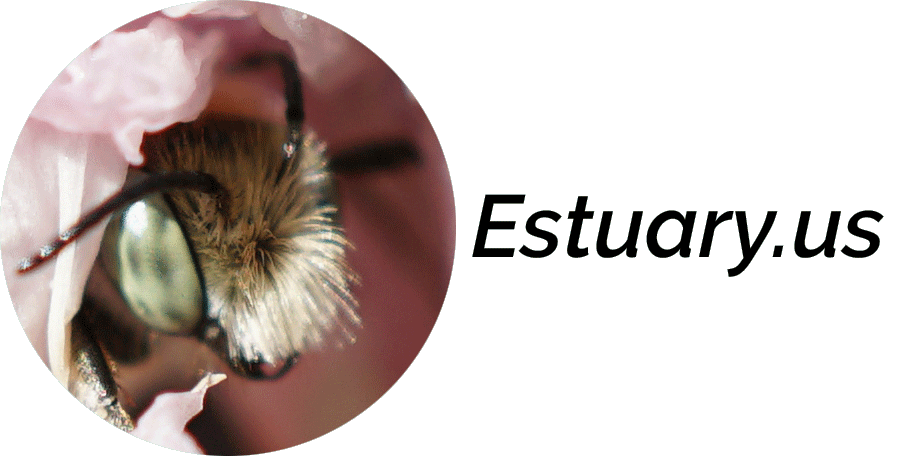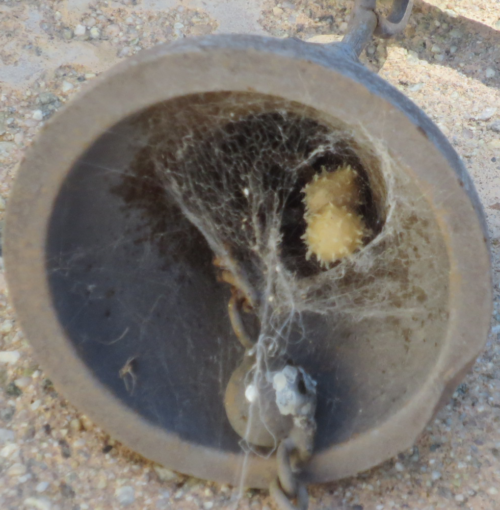Quick preface to Part II, to see more photos of Seven and the Monarch life-cycle, check out the gallery. On the morning of his release, “Seven” took awhile to fly away. First he walked around the perimeter, then along the edge of the open mesh door flap of the enclosure. He worked his wings steadily, but seemed to… Continue reading Danaus plexippus: Beyond the Fourth Instar – Part II
Category: Nature
Danaus plexippus: Featuring Lucky Monarch “Seven”
Danaus plexippus: Beyond the Fourth Instar – Part I
As soon as the Monarch caterpillar is large enough to be seen on a milkweed plant, it becomes a potential snack for certain bird species that are not affected by the toxins the caterpillar ingests by eating milkweed. As the caterpillar develops from first through fifth instar, its size and increased mobility make it easier for predators to see. I do not know which… Continue reading Danaus plexippus: Beyond the Fourth Instar – Part I
Two Widows: The Native and The Carpetbagger
Certain spider webs appear to have been spun by an arachnid with a talent for asymmetrical design. One spider that creates what might look like a web without a balanced plan is the Black Widow Latrodectus hesperus. I have seen a couple of these spiders in my yard after dark, suspended motionless from a web created using my cats’ outdoor… Continue reading Two Widows: The Native and The Carpetbagger




